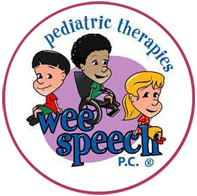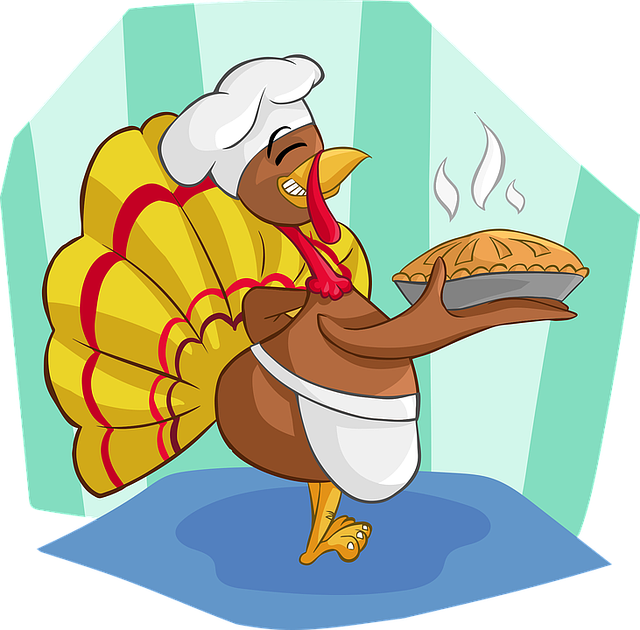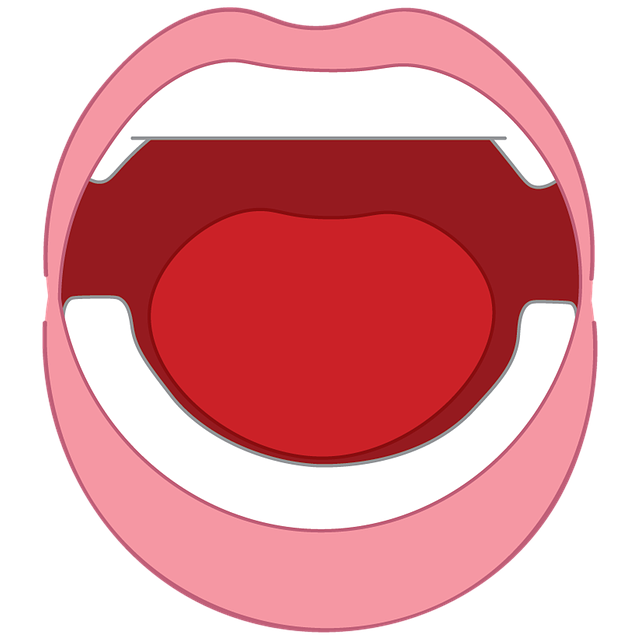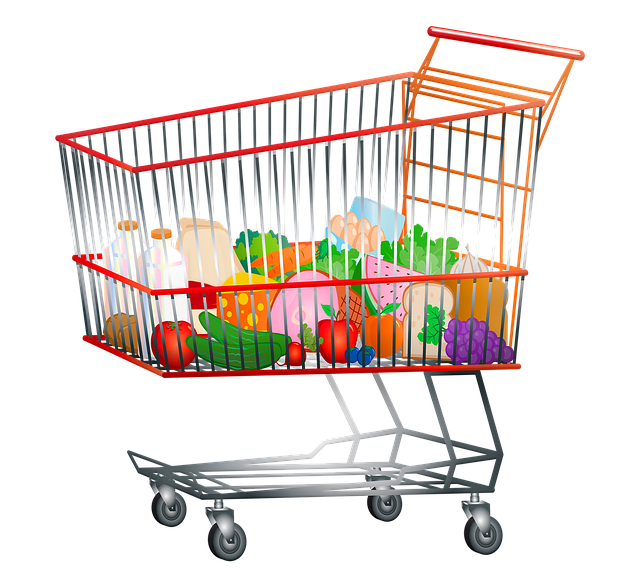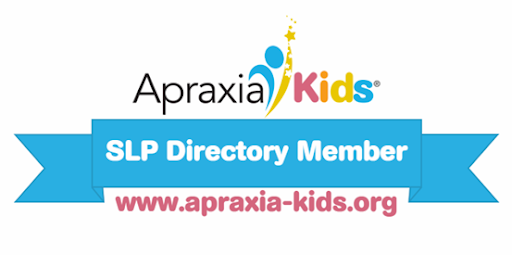
Building Imitation Skills
Typically, there are eight phases that must occur before your child will talk. These phases center around the importance of targeting the pre-linguistic skill of imitation. It is important to remember that imitation is a core skill that must begin before your child develops linguistic skills. Phase 1: Imitation of Actions with Objects (e.g., child imitates you stacking blocks) Phase 2: Imitation of Communication Gestures (e.g., child imitates finger movements while singing “Itsy Bitsy Spider”) Phase 3: Imitation of Non-verbal Actions with Face/Mouth (e.g., puckering lips to blow a kiss) Phase 4: Imitation of Vocal Movements (eg., pretending to growl like a dog) Phase 5: Imitation of Exclamatory Words (e.g., child imitates “wow” or “uh oh”) Phase 6: Imitation of
